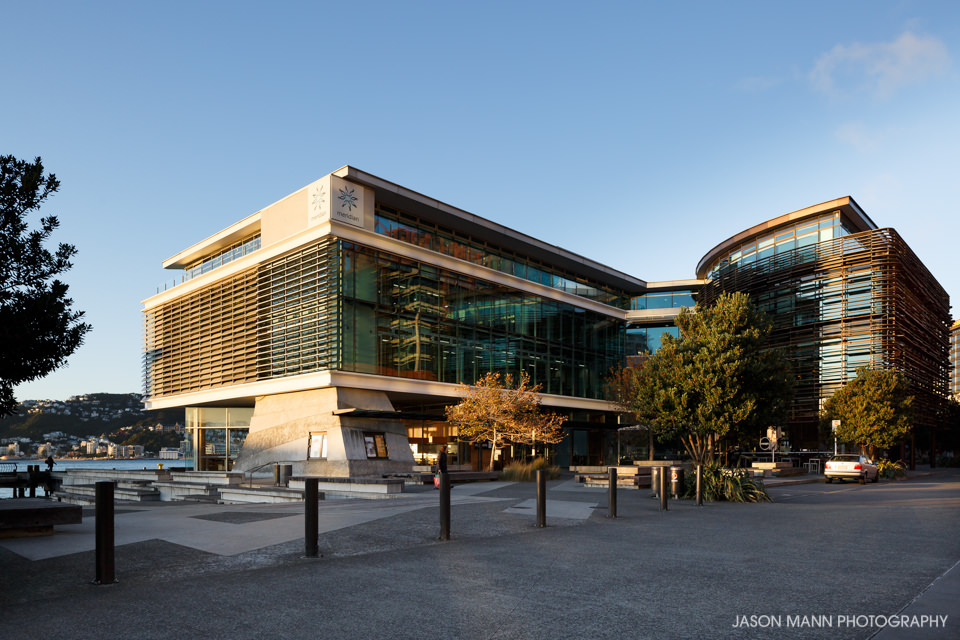Green buildings aren’t just better for the environment and cheaper to run – there are also clear occupancy benefits for commercial property landlords and investors

The Meridian Building in Wellington, one of the country’s first Green Star-accredited buildings – Jason Mann Photography
Colliers International’s latest monthly research report has found green buildings in Auckland and Wellington have higher occupancy rates than office properties in general.
The analysis comes ahead of World Green Building Week, which commences on 24 September.
Chris Dibble, Director of Research and Communications at Colliers International, says many studies have focussed on the benefits of green buildings on operating expenses, rents and capital values.
“With Green Building Week coming up, we thought it could be timely to explore the occupancy performance of Green Star rated buildings in Auckland and Wellington.
“Our research produced some interesting results.”
Buildings account for 40% of global energy consumption and a third of the world’s greenhouse gas emissions, so the decisions we make when it comes to the buildings we live and work in are extremely important.
In 2007 the New Zealand Green Building Council introduced Green Star ratings to provide a better way to design, construct and operate projects in a more sustainable, efficient and productive way that has upsides for building occupiers and owners.
There have now been over 150 buildings and fit-out projects certified in New Zealand with two-thirds in the commercial office sector and around 40% in Auckland.
Dibble says this gives us a sizeable basket of buildings to analyse and review some of the benefits for landlords and investors.
“Occupancy is a key investor concern, simply because if there is no tenant, then there will be no rent and capital values will be lower.
“Our analysis showed that if you want to have less vacancy in your office building, then a Green Star accreditation looks to be a sure-fire way to achieve it.
“In all three major office markets surveyed, representing almost 5 million square metres of office space, the vacancy rate was significantly lower for Green Star rated buildings.”
In Auckland CBD, the overall vacancy rate was 6.2%, however, Green Star accredited premises had a vacancy rate of just 3.4%.
Outside of the CBD, the overall Auckland metropolitan vacancy rate was 6.1% compared with 0.5% for Green-star buildings.
In Wellington CBD, there was no vacancy in the buildings, significantly outperforming the overall market that has a vacancy rate of 7.7%.
Dibble says this is not only a recent trend.
“Green Star rated buildings often provide better occupancy rates than the overall market typically over the whole life of the building.
“There is also evidence that there is a shorter lease-up timeframe for Green Star rated premises.
“Therefore, not only will the environment and staff benefit, so will a landlord and/or investor’s bottom line.”



